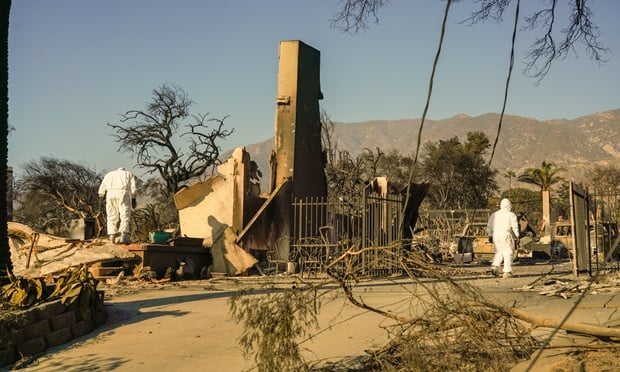With most of the United States in a deep freeze and record breaking snow totals in New England, homeowners are beginning to feel like the residents of the fictional kingdom of Arendelle, stuck in eternal winter, as in the Disney movie "Frozen."
If a foot of snow causes your roof to collapse or if extreme cold temperatures cause your pipes to freeze, will your insurance policy cover the damage? It depends on whether your policy provides coverage for named perils or open perils. Here are some key things to know as you review your policy.
The Insurance Services Office (ISO) standard Homeowners forms and the equivalent American Association of Insurance Services (AAIS) forms list the weight of ice, sleet and snow as named perils--which means that damage from the weight of ice, snow or sleet to a building or property contained in a building is covered. Loss to awnings, fences, patios, pavements, swimming pool, foundations, retaining walls, piers, wharves or docks is excluded.
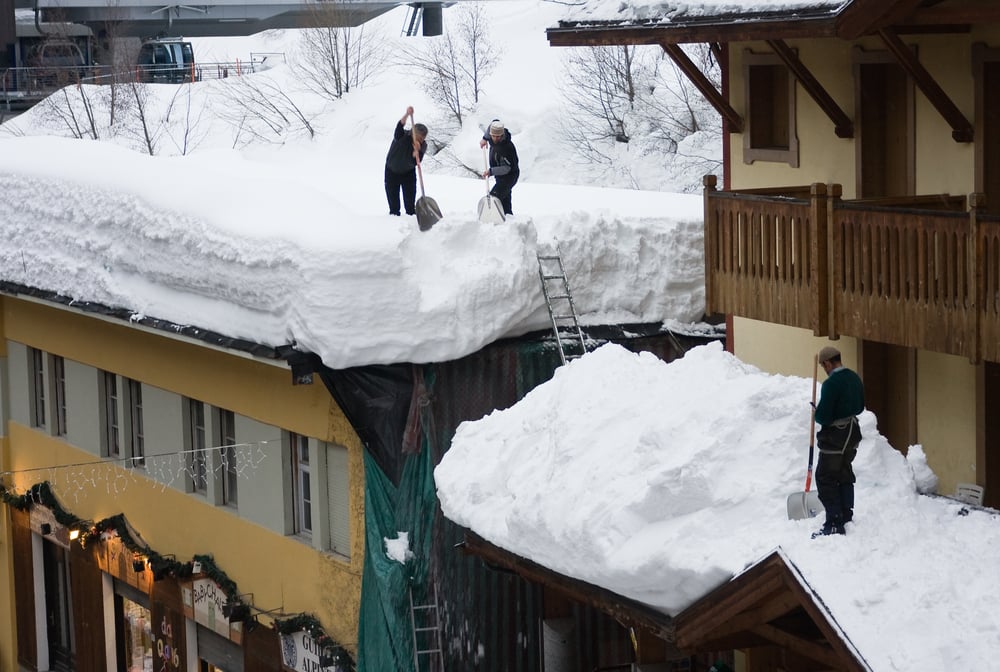
Roof cave-in
If personal property inside a building is damaged because the roof caves in under the weight of the snow, then coverage for damage from a collapse is triggered. The weight of ice or snow may cause a roof to sag (which is not considered a “collapse” under the homeowners forms) or gutters to pull away from the roof, leading to damage to personal property, which also would be covered.
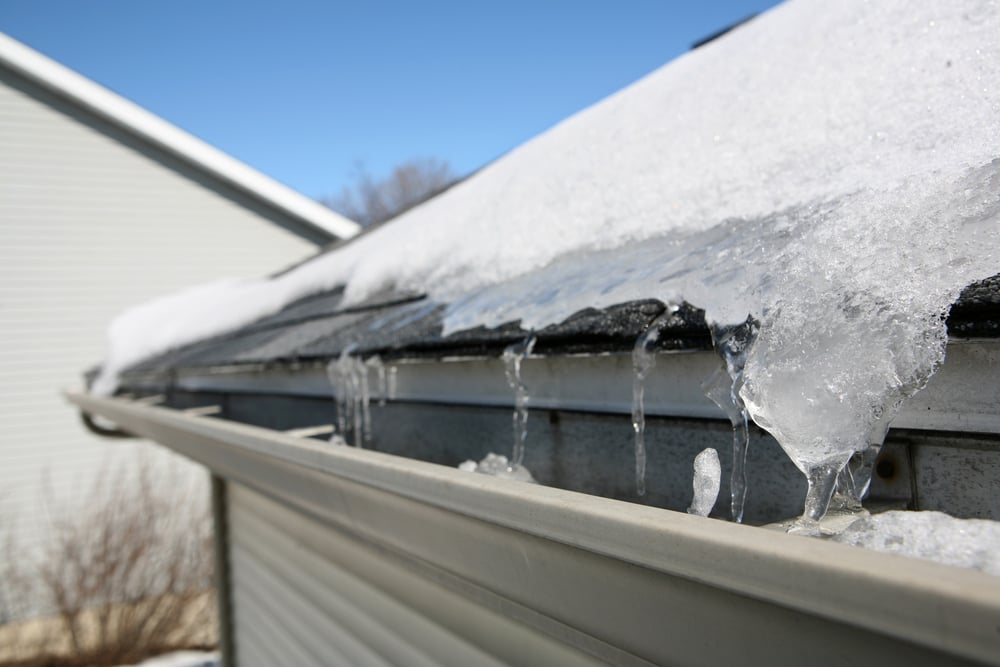
Ice damming and snow melt
Ice damming—caused by the weight or mass of snow that has compacted and turned to ice—often causes water to back up under shingles or flow under eaves from clogged gutters. If the water stains walls and damages ceilings, there is coverage for the damage to the building because there is no exclusion for thawing. Further, resulting water damage to contents should be covered because the language of the policy covers the weight of the ice, snow or sleet that causes damage. The scope of the coverage may be broadened to the weight of ice as a proximate, not necessarily a direct, cause of loss.
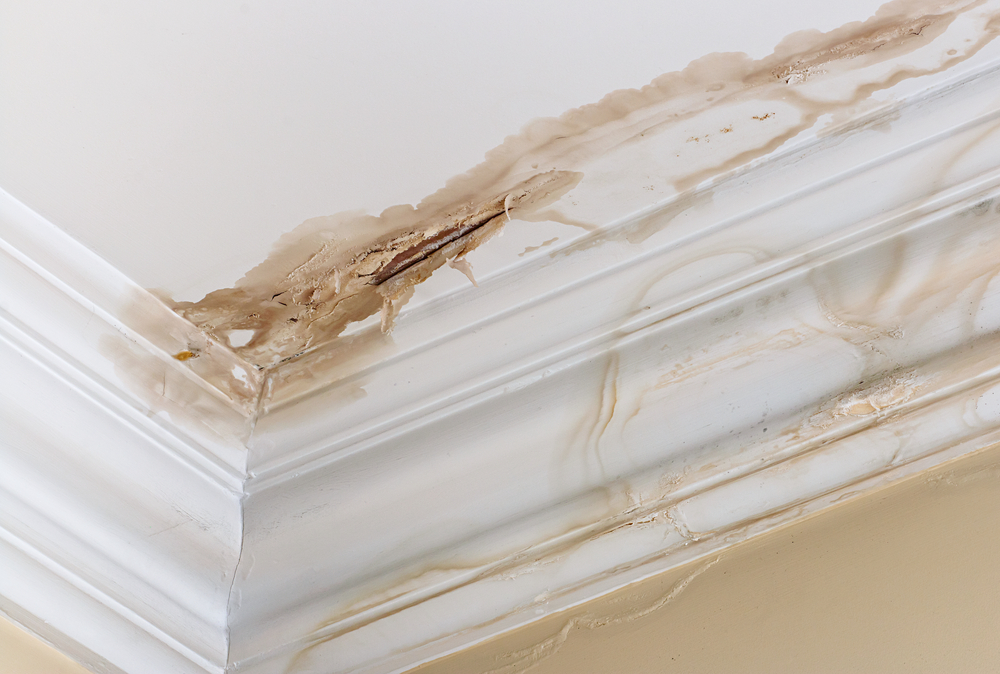
Incorrect installation caused the leak
In some cases, the weight of the ice might cause roof or siding shingles to dislocate just enough to allow water to enter the house. If the leak is because the roof or flashing wasn’t installed properly or the roof is worn, your policy may not cover the cost to repair the roof. It may only cover the damage to the interior of the house and contents.
Remember that with named perils coverage, it’s left to the insured to prove that a covered peril was the cause of the loss. If you have a comprehensive homeowners policy instead of a broad form or special form policy, it’s up to the insurer to prove that the loss is excluded.
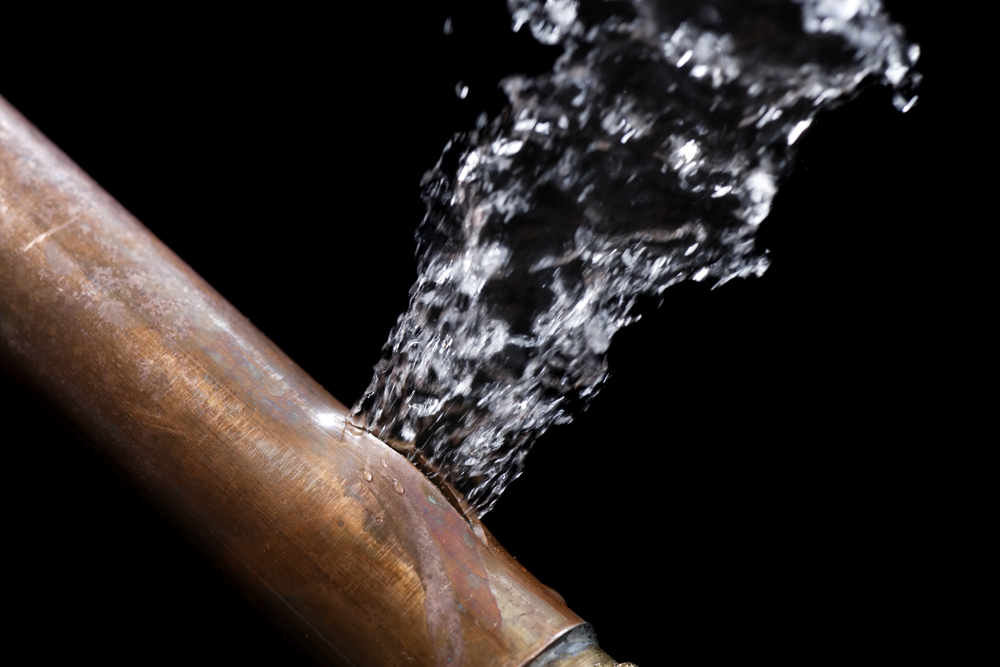
Frozen pipes burst
Under the homeowner forms, in all situations—vacant, occupied or unoccupied—there is no coverage for freezing plumbing, heating, air conditioning or automatic fire protection or of a household appliance unless the named insured has taken precautions to maintain heat in the building, or shut off and drained systems and appliances.
This is often a problem with snowbirds who want to save on utility bills while they’re away. Generally keeping a thermostat set at around 55 degrees during the winter months should prevent your pipes from freezing, but the furnace may break down or there may be an extended power failure. If your home is going to be unoccupied for a long time, and you don’t want to keep the heat on, be sure to shut off the water supply and drain the system and appliances of water to avoid frozen pipes. Even better: have someone you trust check on the property, especially when the temperature has been extremely low for several days.
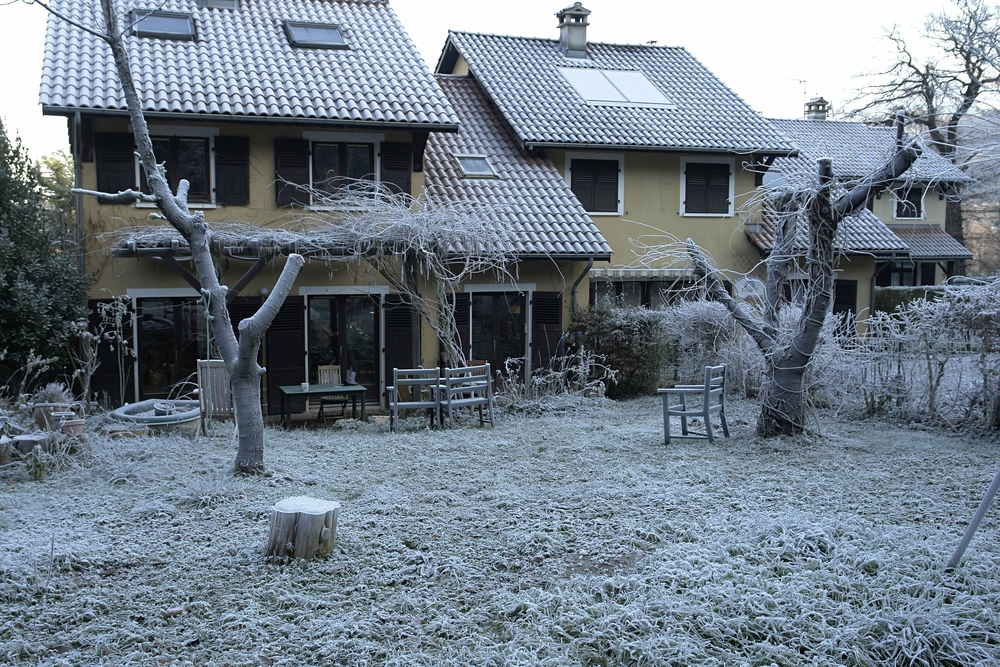
Damage from frozen tree branches
Generally, trees, shrubs, plants and lawns aren’t covered for damage by wind, hail, the weight of ice or snow, or any unnamed peril that would be covered under open perils coverage. If the tree or the branch falls on your house or garage, however, damage to the structure is covered.
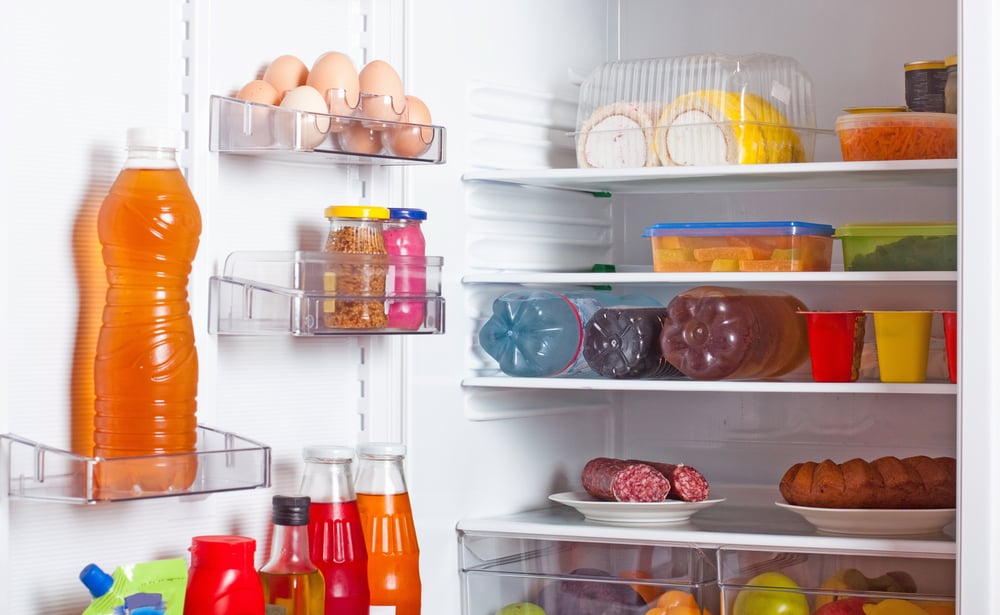
Power failure from winter storm
In many parts of the Northeast during the winter of 2014 storms caused power failures that lasted for several days. Your homeowners policy may cover the cost of the food in your refrigerator and freezer, up to certain dollar limits, usually $500.
If you can’t stay in your home because of the power failure, some policies provide coverage for the expenses of a hotel and the cost of meals.
Review your homeowners policy to be sure you understand your coverage, and take precautions. If you can do so safely, shovel large accumulations of snow off your roof and unclog gutters. If you can’t do so yourself, you may be able to find a contractor to remove the snow for you. And think positive: Spring officially begins on March 20.
Want to continue reading?
Become a Free PropertyCasualty360 Digital Reader
Your access to unlimited PropertyCasualty360 content isn’t changing.
Once you are an ALM digital member, you’ll receive:
- Breaking insurance news and analysis, on-site and via our newsletters and custom alerts
- Weekly Insurance Speak podcast featuring exclusive interviews with industry leaders
- Educational webcasts, white papers, and ebooks from industry thought leaders
- Critical converage of the employee benefits and financial advisory markets on our other ALM sites, BenefitsPRO and ThinkAdvisor
Already have an account? Sign In Now
© 2025 ALM Global, LLC, All Rights Reserved. Request academic re-use from www.copyright.com. All other uses, submit a request to [email protected]. For more information visit Asset & Logo Licensing.




